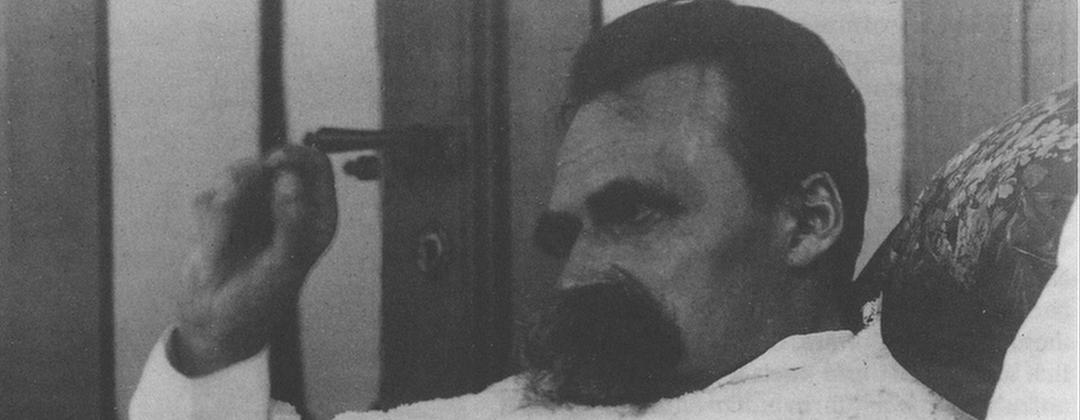I noted last month that I was looking forward to reading Dr. Andrew Purves’ book The Crucifixion of Ministry: Surrendering Our Ambitions to the Service of Christ, and had been ever since reading a version of the book’s introduction in Theology Matters. It’s not a long book, only 149 pages, but I read it slowly; it’s dense material, requiring thought and reflection and intentional engagement. I’m still processing it, and I expect I will be for a while.
At the moment, though, I’m only doing so indirectly. One of the blurbs on the back of Dr. Purves’ book is from Dr. Stephen Seamands, a professor at Asbury Theological Seminary; the blurb reminded me that his book Ministry in the Image of God: The Trinitarian Shape of Christian Service had been sitting on my shelf, and my to-read list, for quite some time. On my last trip, then, I made sure to toss it in my bag so I could start reading it once I finished Dr. Purves’ book. It proved to be a wonderful pairing.
The core of Dr. Purves’ argument is that ministry isn’t something we do, because our own ministries aren’t redemptive; only the ministry of Christ is redemptive. Thus he writes, “The first and central question in thinking about ministry is this: What is Jesus up to? That leads to the second question: How do we get ‘in’ on Jesus’ ministry, on what he’s up to? The issue is not: How does Jesus get ‘in’ on our ministries?” We need to understand the work of ministry in light of “the classical doctrines of the vicarious humanity (and ministry) of Christ and our participation in Christ through the bond of the Holy Spirit,” and understand that true ministry, redemptive ministry, happens not through our work but through Christ working in and through us. Thus Dr. Purves speaks of “the crucifixion of ministry,” the displacement and death of our own ministry in favor of the ministry of Jesus.
Where Dr. Seamands’ book is proving to be such a wonderful complement to this is in the fact that he makes the same point but sets it in a trinitarian context. He agrees that, as he puts it, “Ministry . . . is not so much asking Christ to join us in our ministry as we offer him to others; ministry is participating with Christ in his ongoing ministry as he offers himself to others through us. . . . The ministry we have entered is meant to be an extension of his. In fact, all authentic Christian ministry participates in Christ’s ongoing ministry. Ministry is essentially about our joining Christ in his ministry, not his joining us in ours.”
Where Dr. Purves focuses on unpacking that truth, however—and rightly so, since its implications for how we minister are significant—Dr. Seamands broadens the picture: “The ministry we have entered is the ministry of Jesus Christ, the Son, to the Father, through the Holy Spirit, for the sake of the church and the world.” As he notes, Jesus’ ministry on Earth was directed to and guided by the will of the Father, rather than being driven by the needs, desires, demands and complaints of the people around him. “Of course, Jesus often met human needs and requests, but . . . they did not dictate the direction of his ministry; his ministry to the Father did.” This is a profoundly freeing thought for those of us who too often find ourselves captives to the wills and whims of people in our congregations—which I suspect is most of us in pastoral ministry, at least some of the time.
In discussing the role of the Spirit, at least in the first chapter (I’m not that far along in the book as yet), Dr. Seamands focuses on the fact that “only through the Spirit can we discover what the Father is doing,” and thus keep the work we’re doing oriented to the Father rather than to the church and the world. This is certainly critically true, and he’s right to emphasize the importance of surrendering ourselves to the Spirit’s guidance and leading; but I think he underemphasizes the fact that it’s also only by the Spirit’s empowering that we can in fact “get ‘in’ on Jesus’ ministry,” because it’s the Spirit who unites us with Christ and fills us with the power of God. Without the Spirit filling us by connecting us with God who is the source of all life, we have no power to do anything beyond our own skills and hard work; and as Dr. Seamands notes, “ministry . . . demands more than our best, more than anything we have to offer. To participate in the ongoing ministry of Jesus, to do what the Father is doing, we must be filled with the Holy Spirit.”
Between these two books, I suspect I’m going to be spending a lot of time thinking about these things, and their implications for the work to which God has called me within his church. I would invite you to do the same.









